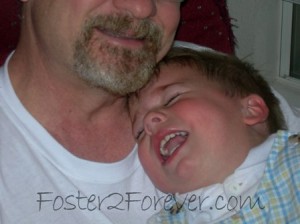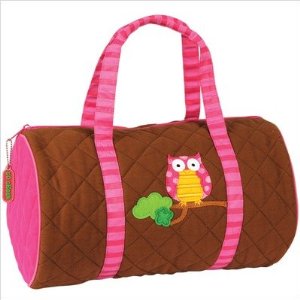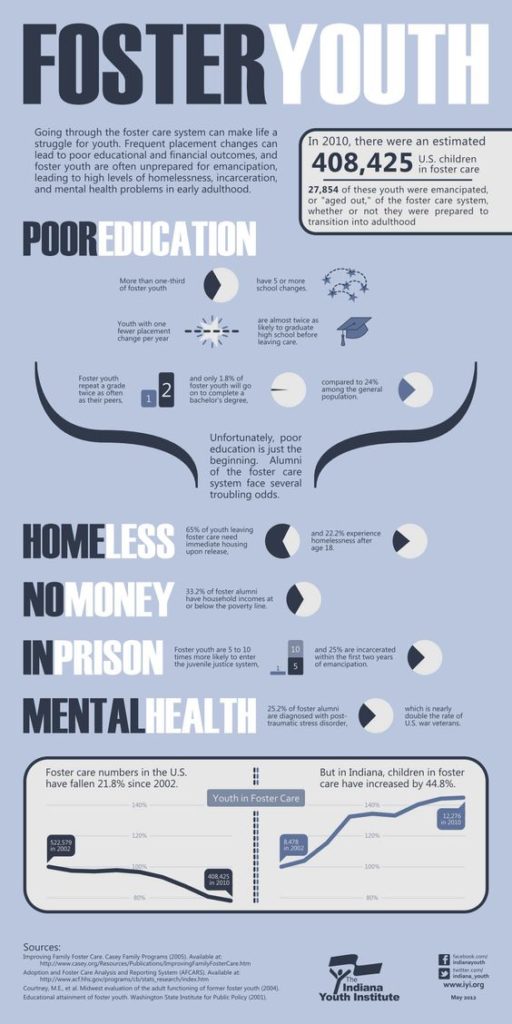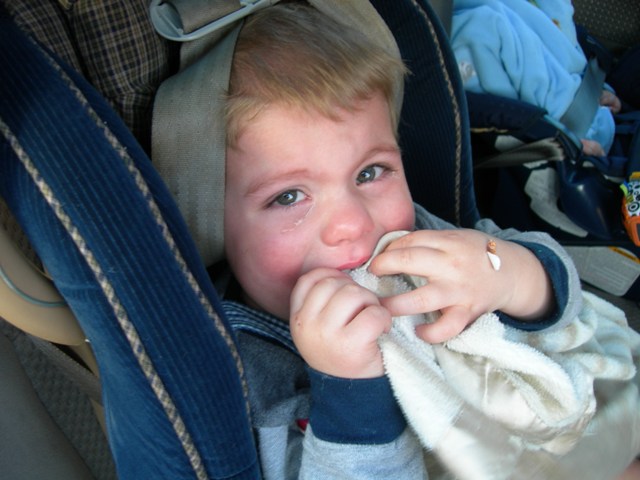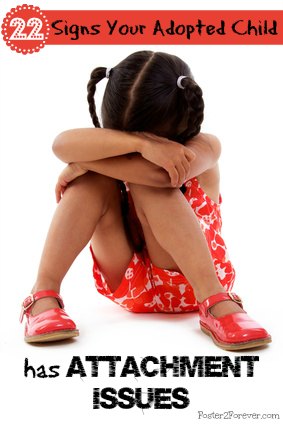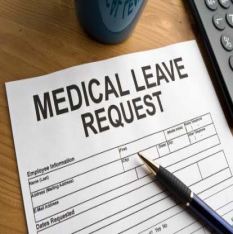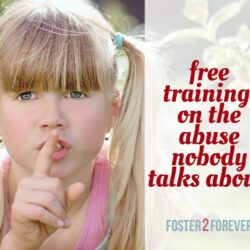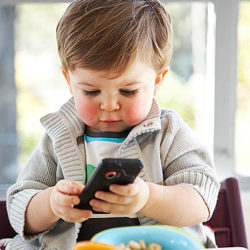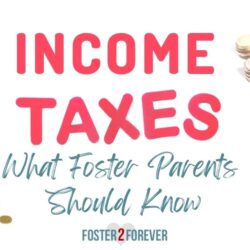 The family visits your foster child has after removal from their birth family can stir up emotions that a child simply can’t understand or process. In 2009, our family had a bright and beautiful 2-year-old little girl join our family for 3 months. Her attachment issues were severe with extreme clinginess, incessant whining, night terrors, and an aversion to men. The weekly visits with her birth family caused her behaviors to intensify and disrupt our entire family. We found that by transitioning the child from her birth family to her foster family after each visit seemed to help calm her and help her feel more secure. Be sure to follow your agency’s foster care visitation rules.
The family visits your foster child has after removal from their birth family can stir up emotions that a child simply can’t understand or process. In 2009, our family had a bright and beautiful 2-year-old little girl join our family for 3 months. Her attachment issues were severe with extreme clinginess, incessant whining, night terrors, and an aversion to men. The weekly visits with her birth family caused her behaviors to intensify and disrupt our entire family. We found that by transitioning the child from her birth family to her foster family after each visit seemed to help calm her and help her feel more secure. Be sure to follow your agency’s foster care visitation rules.
3 Tips for Family Visits
1. Request family visit times that will allow your foster child to process feelings before going back into a daily routine, if possible.
For me, as a working foster mom of a toddler in daycare, Friday afternoon visits worked best. This allowed our family to spend the entire weekend together before she would experience the feelings of abandonment when being dropped off at day care. For school-age children, it could be a visit scheduled at a time when the foster parent can have some time alone to allow for processing emotions and re-bonding. Or even a trip to the local park or a bounce house could allow older children to physically “vent” their feelings before going back to school and daily routine around others.
2. Pick up your foster child from the family visit.
Of course, this isn’t always possible; however, it allowed our foster child to be comforted by her foster “mommy” instead of a caseworker she rarely saw.
3. Transition your foster child directly from the birth parent to the foster parent.
For our situation of having a young toddler with serious attachment issues, going directly from her birth mommy to her other “mommy” seemed to lower her stress levels and helped the visit end on a happy note.
These are some of the techniques that we used to help ease our little foster child from birth family visits back into our foster family routine. This is what worked for our situation and may or may not work for your situation. As you may know, each child and their situation are unique.

